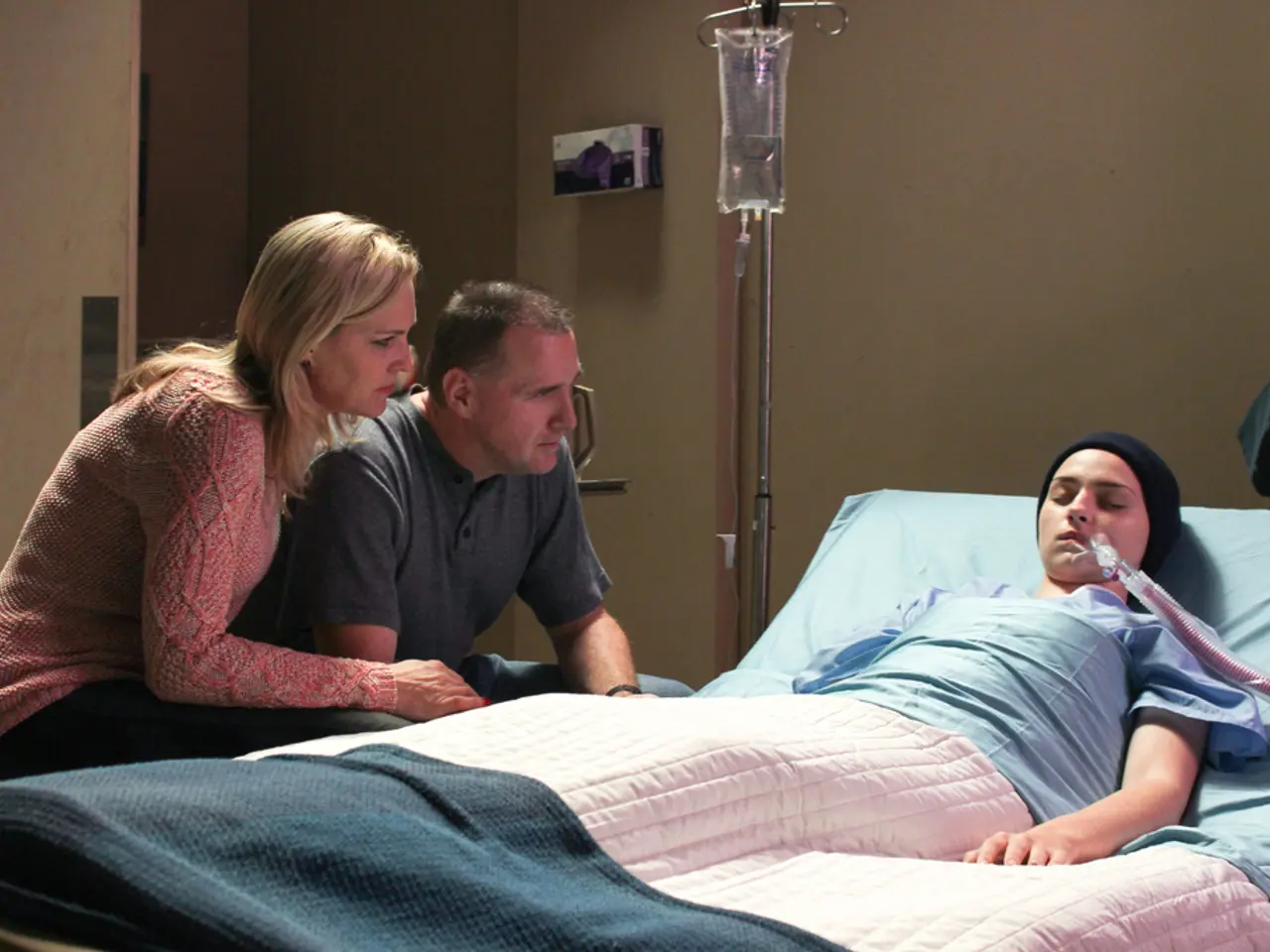Accomplishing Sinus Cleanse: Ensuring Safety and Effectiveness - Does It Truly Deliver?
Nasal irrigation, also known as sinus flush, has emerged as a popular and effective method for managing various upper respiratory issues such as sinusitis, allergies, colds, and viral nasal symptoms. This simple, low-cost procedure involves flushing the nasal passages with a saline solution to clear out mucus, allergens, irritants, and infectious agents.
The procedure is generally safe and effective, but it's crucial to be aware of its contraindications and potential risks. For instance, those with nasal septal perforation, severe nasal polyps, acute severe infections, or anatomical abnormalities should exercise caution or avoid nasal irrigation altogether.
While not a cure for viral infections, nasal irrigation can alleviate symptoms by cleaning nasal passages and reducing mucus buildup. It can also speed up the recovery process and reduce the severity of symptoms from sinus infections.
One of the critical safety points is the type of water used. Only distilled, sterile, or properly boiled water should be used for irrigation. Tap water can contain harmful amoebas that may cause fatal brain infections if introduced into the sinuses. Using a saline solution, with a salt concentration mimicking natural body fluids, is also important to avoid irritation, burning, or discomfort.
To perform a sinus flush safely, use a neti pot, nasal syringe, or irrigation bottle designed for nasal rinsing. Lean over a washbasin, tilt the head to one side, and breathe through the mouth. Insert the spout into the upper nostril, and the saline solution should drain through the lower nostril. Repeat the process on the other side.
It's essential to clean the irrigation device thoroughly after each use and let it dry to prevent infections. Avoid forceful irrigation or using excessive pressure to prevent discomfort or injury. Do not perform nasal irrigation if you have contraindicated nasal conditions or during severe acute infections without medical advice.
While the medical community supports the use of nasal irrigation as a therapy, there is not yet definitive proof that it works for all respiratory problems. However, a 2015 review found that regular nasal irrigation reduced symptoms in 35% of children and adults, and improved quality of life in 30%.
In summary, nasal irrigation using a neti pot, nasal syringe, or irrigation bottle is a safe, effective adjunct therapy to relieve symptoms of sinusitis, allergies, colds, and post-sinus surgery recovery when performed properly with sterile saline solution and water. Careful attention to water safety and technique is essential to maximize benefits and minimize risks.
- Self-care practices, such as nasal irrigation, can play a significant role in managing health-and-wellness concerns like upper respiratory conditions, including sinusitis, allergies, colds, and viral nasal symptoms.
- To get the most out of nasal irrigation, it's essential to use distilled, sterile, or properly boiled water and a saline solution that closely mimics natural body fluids to avoid potential risks and discomfort.
- Skin-care and hygiene are equally important when it comes to nasal irrigation devices – be sure to clean them thoroughly after each use and let them dry to prevent infections.
- While nasal irrigation can provide relief and improve recovery for many, it's not a magic bullet – seek medical advice before using it during severe acute infections or for managing medical-conditions like respiratory-conditions or those with specific anatomical abnormalities.
- Fitness-and-exercise and proper nutrition also play a role in overall health - maintaining a balanced diet and regular exercise routine can strengthen the immune system and further support self-care practices like nasal irrigation.




